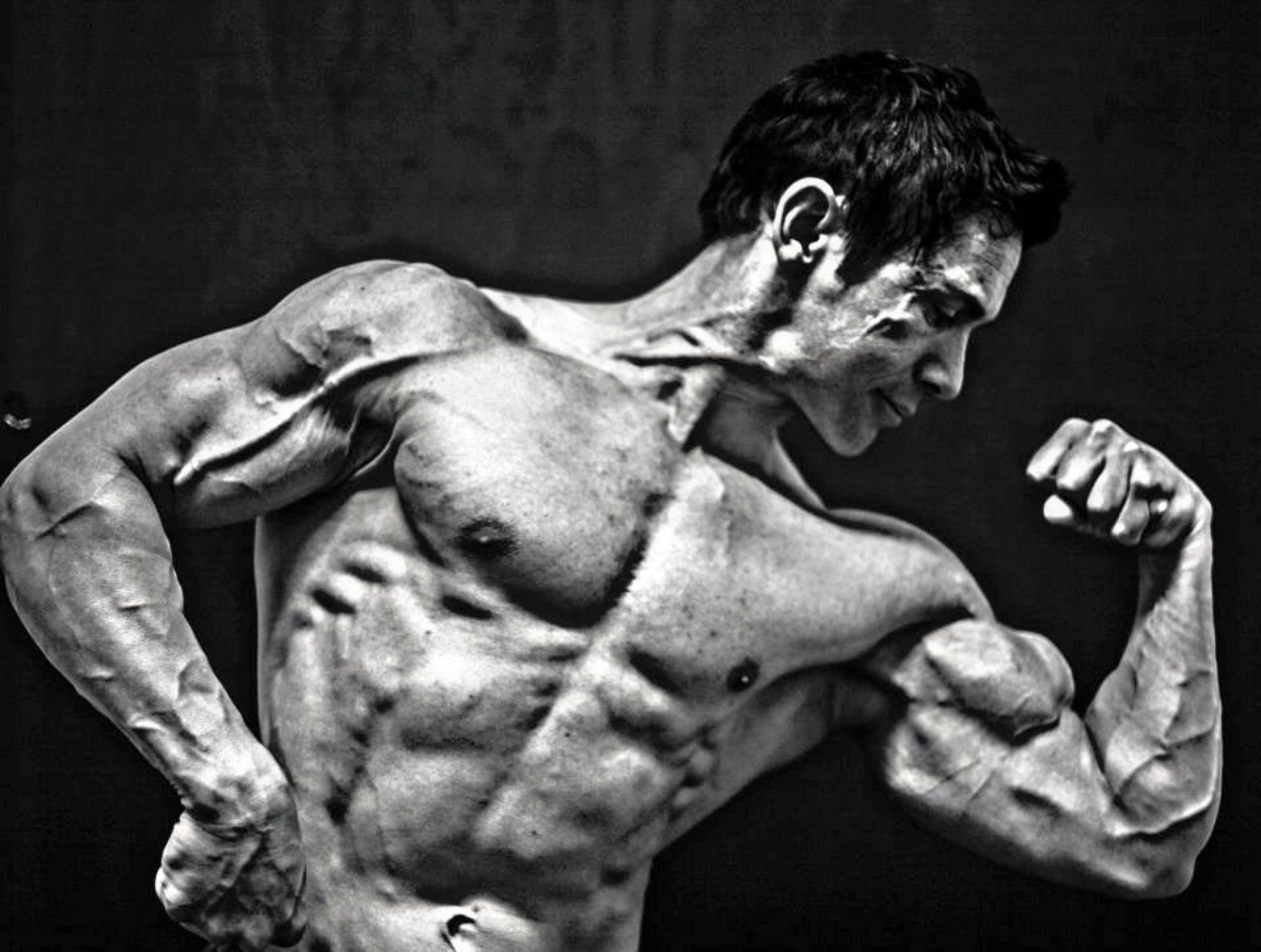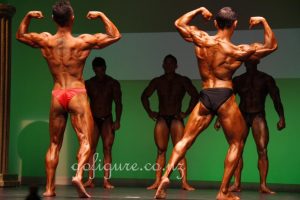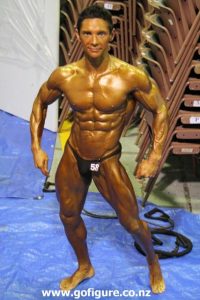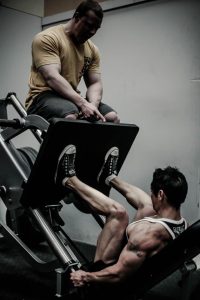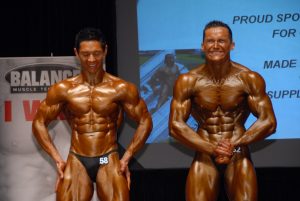
Are your delts needing something extra to get them growing? Do you want to look more impressive and wider from the front? Below are some ideas I have implemented into my delt (shoulder) routine to accentuate the ‘x frame’ ideal of a classic physique.
Assess your current deltoid development.
Look at yourself from the front; side and back (get someone to photograph your back). What deltoid appears to be the dominant deltoid? Is it the front (anterior), side (medial) or rear (posterior)? If your front delts dominate (which is usually the case for most people) you will need to focus on the side and rear delts to balance out your shoulder development. For some people you may just need to get more overall mass on all 3 heads- either way assess where you are at and then put a plan in to place to improve your proportions and size.
Find exercises that you feel strong in and can feel properly when training.
Once you have ascertained which deltoid/s to prioritise you will need to experiment until you find exercises that you feel strong in and can feel properly while training. For me it is exercises like DB omni-side rows (with torso bent forward at different angles to hit different delt fibres), DB bent rows, leaning side raises, lying omni-side raise and high elbow cable rows.
Side delt dilemma.
If you are like me I struggled to get the width I wanted from the normal shoulder exercises that are effective for others like shoulder pressing and lateral raises. I experimented with side rows with success; it allowed me to use more weight, have better muscle synergy (like a compound exercise) and I got far better pumps in the side delts. I also perform them at different angles to hit the side and rear aspects of my delts. I found that leaning side raises were effective because they removed the weaker supraspinatus (rotator cuff muscle that initiates abduction of the shoulder joint) out of the movement and allowed me to use more weight to hit the side delt hard. (I also lean slightly forward on this exercise so the side delts are better isolated). I also incorporated a stretch position side delt exercise as some research has indicated that stretch position exercises have the potential to amp up muscle growth. The lying side raise fits the bill for this and has definitely helped my side delts grow!
Use different techniques to hit the deltoids hard.
Intensity techniques like x-reps, DXO, drop sets, supersets and rest-pause training work nicely for the delts. Also P.O.F training allows you to hit the delts hard. Here is an example of how it may look.
- (Mid range) DB side row (rest-pause) for 3 sets rep range 11-20.
- (Contracted) Leaning side raise for 2 sets (drop set) rep range 11-20.
- (Stretch) Lying omni-side raise for 2 sets (x-reps & superset) same rep range.
Aim to increase the weights and repetitions you use on a regular basis.
The basic principles of overload and progression must be applied to all your training if you want to improve. Also if your goal is to increase muscle mass you must train in a rep range that allows this to happen. Again this involves experimentation, but anywhere between 6 and12 reps per set suits most people. For example; if you can perform 80 kgs for 11 reps in the Barbell military press and your selected rep range was 10, you should add a small amount of weight next time. (Just imagine if you added 1 kg a week for 10 weeks- that’s a 10 kg increase in less than 3 months!) (Smaller increments are better for continuous gains compared to trying to add larger amounts like 5-10kg). To keep track of this you will need to keep a training log!
Other factors that can help delt growth.
When aiming to put on more mass you must make sure you are recovering properly. Here are some tips to help recovery and growth:
- Make sure your programme allows your delts to recover properly before the next workout. (This will depend on genetics, diet, supplementation, sleep, training intensity and volume of work).
- Make sure you consistently get 7-9 hours of sleep per night.
- Aim to have at least 2-3 grams of protein per kg of lean muscle mass. This will require getting protein from both food and whey concentrate, isolate & casein protein supplements. If you weigh 80kg at 10% body fat you have a lean body mass of 72 kg. This will equate to 144-216 grams of protein spread out over 6-7 meals. (Around 25-36 grams per meal). You could have more or less protein depending on your ratio of protein, carbs and fat. (This ratio can be quite different for some individuals: if you are sensitive to carbohydrates a higher protein intake may be required).
- Make sure you eat a well balanced diet that includes vegetables, nuts and fruits to provide all the necessary nutrients and fibre.
- Drink enough water (dehydration can have a huge impact on your mental drive and physical performance!)
- Use a pre-workout supplement to increase focus, energy and nutrient circulation. Be careful if you are caffeine sensitive as they can keep you awake. (Some pre-workouts don’t have caffeine in them).
- Use BCAA’s before, during and after training.
- Use creatine and glutamine before and after training.
- Use whey isolate after training (Isolate is digested quicker than whey and casein).
If you have had difficulty getting your delts to grow and look wider then try these ideas. They should help you fix your delt dilemma!
